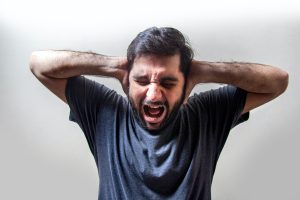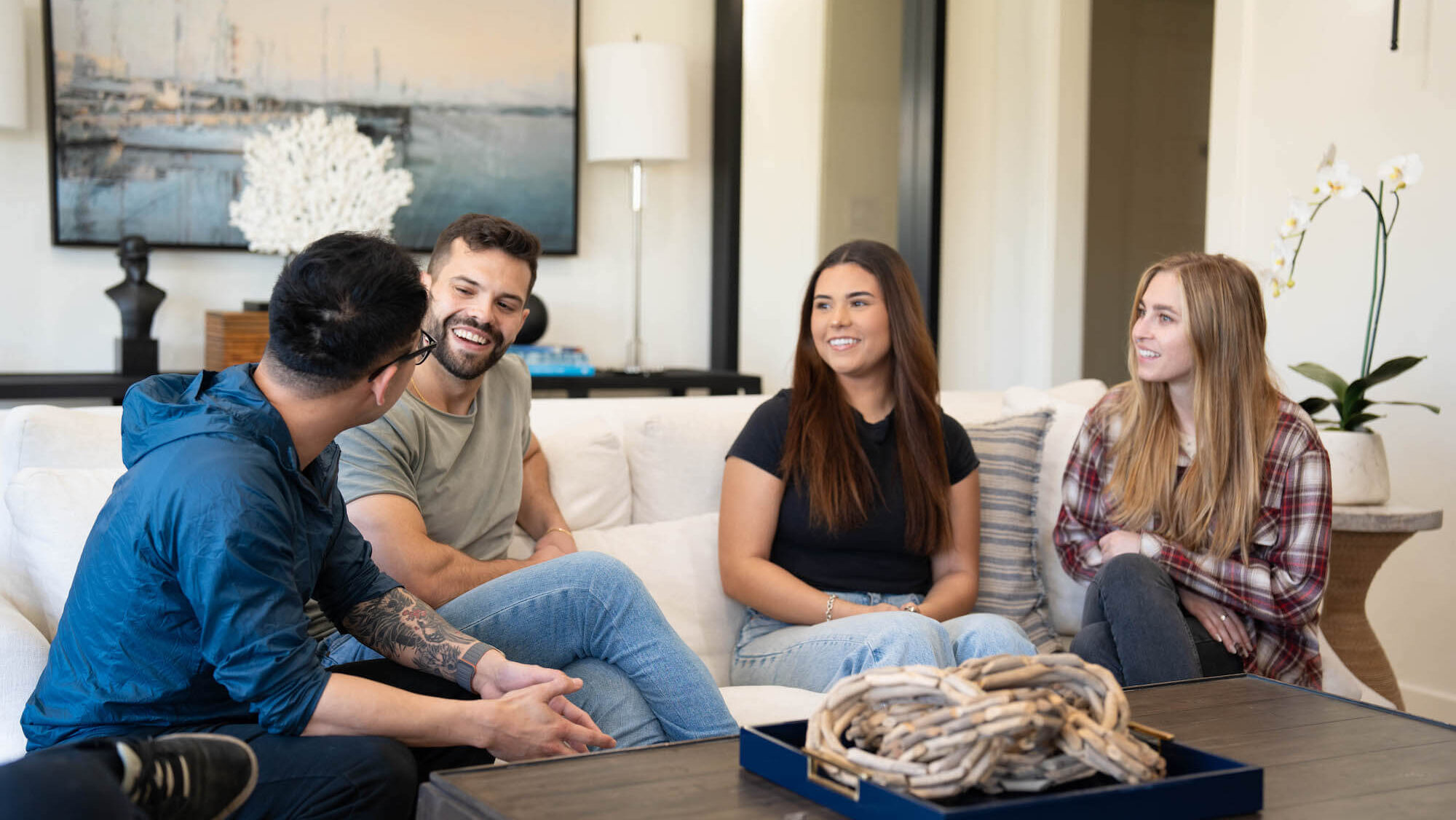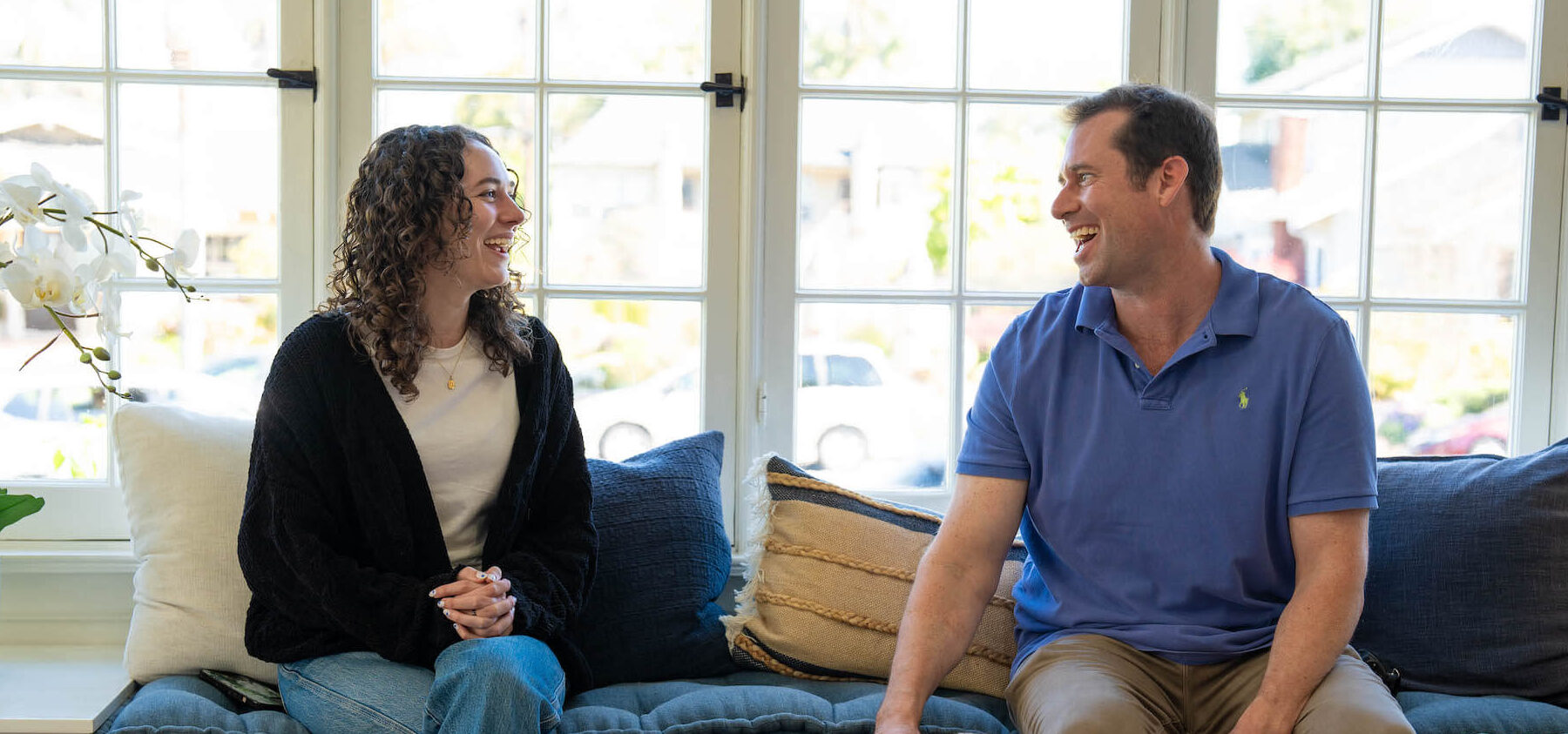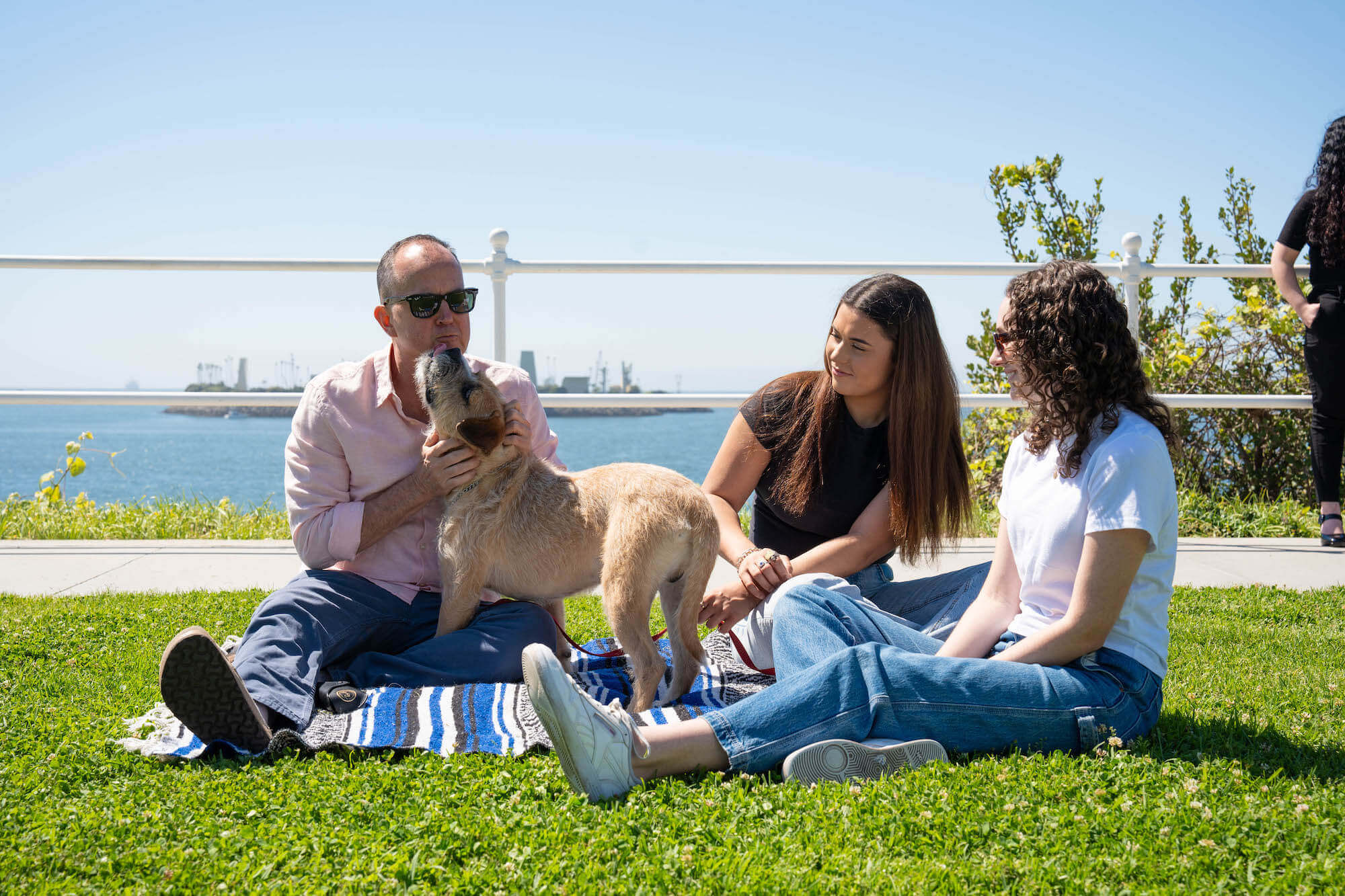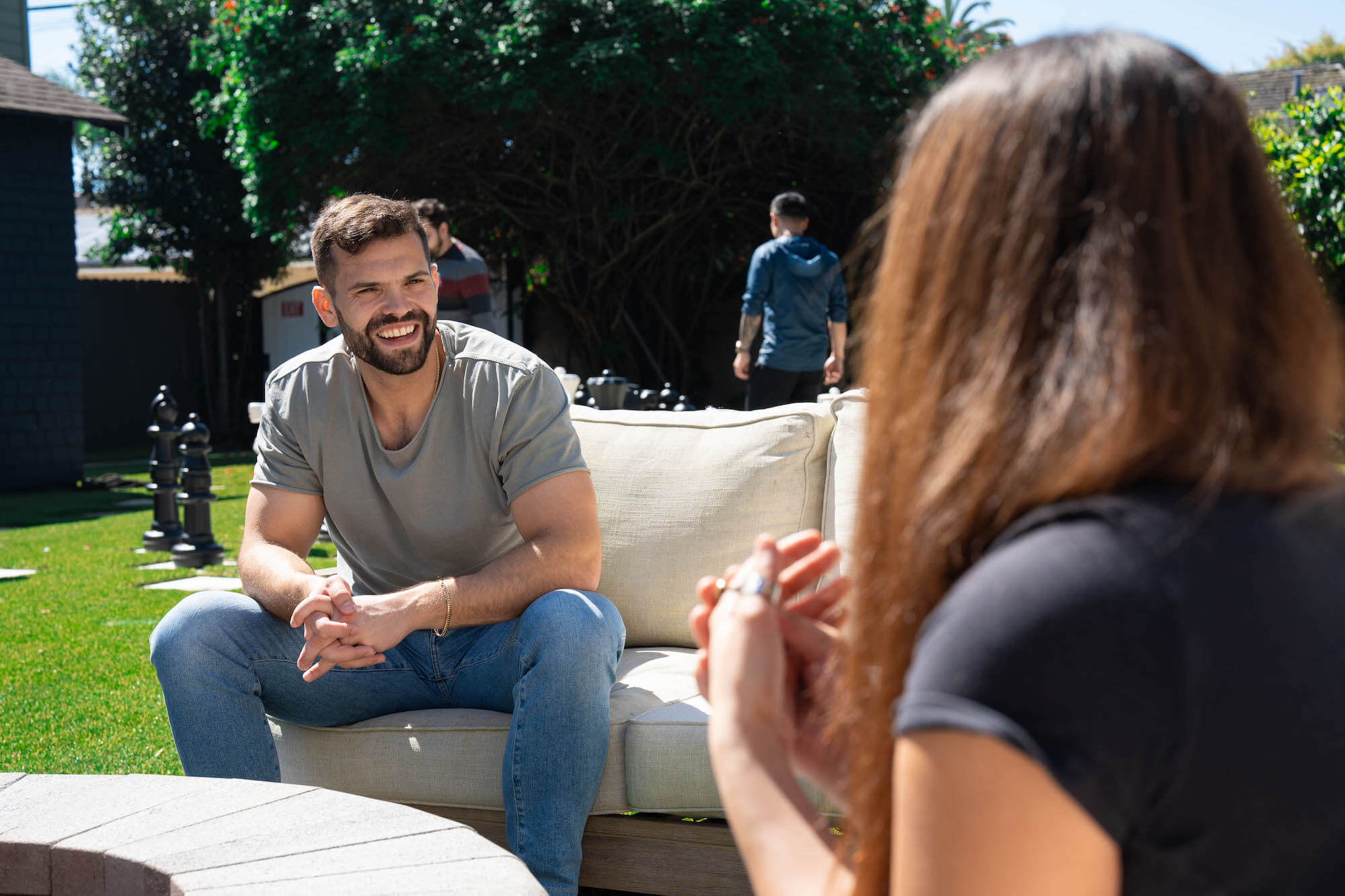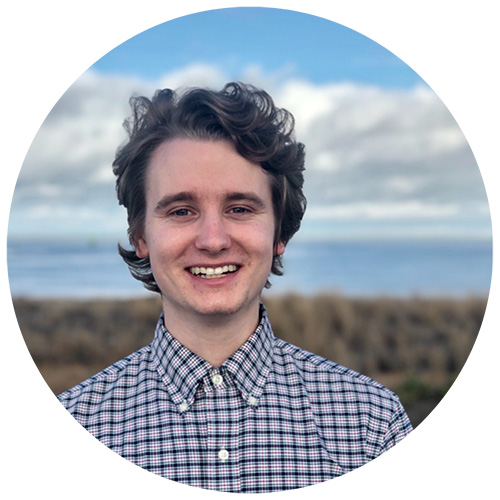Home » Panic Disorder & Drug Addiction
Panic Disorder & Drug Addiction
Panic disorder and drug addiction are common and aggravating conditions in isolation.
When these disorders co-occur, though, it is vital to engage with dual diagnosis treatment. This allows you to address both issues simultaneously for the best chance of recovery without relapse.
Today’s guide outlines what to expect from each of these disorders and how to fight back with the help of a treatment center like Gratitude Lodge.
FACTS ABOUT PANIC DISORDER
Panic disorder is an anxiety disorder characterized by disruptive panic attacks.
There are five main types of anxiety disorder, leading to considerable confusion between panic disorder vs general anxiety disorder. The major types of anxiety disorders are:
- Panic disorder
- GAD (generalized anxiety disorder)
- PTSD (post-traumatic stress disorder)
- OCD (obsessive-compulsive disorder)
- Social anxiety disorder
When considering general anxiety disorder vs panic disorder, the terms should not be used interchangeably. GAD is characterized by excessive fear and worry, while panic disorder involves episodes of panic attacks.
Panic disorder can interfere with daily functioning if untreated. With the right combination of treatments, though – more on those below – you should find you can live without constant fear of panic attacks.
Panic disorder statistics from ADAA (Anxiety and Depression Association of America) indicate that this disorder impacts 6 million U.S. adults in any year. Women are more than twice as likely to be diagnosed with panic disorder as men.
Those diagnosed with panic disorder experience frequent, unexpected panic attacks. These panic attacks involve a sudden feeling of fear and discomfort accompanied by the following physical symptoms:
- Trembling
- Tingling sensation
- Accelerated heart rate
Additionally, panic attacks can trigger a sense of loss of control even in the absence of danger.
Panic attacks are a central component of panic disorder. That said, not everyone who presents with panic attacks will develop panic disorder.
Panic disorder usually manifests in the late teens or in early adulthood.
All mental health disorders are diagnosed according to criteria outlined in DSM-5-TR, the most current edition of APA’s diagnostic tool used by physician’s worldwide, Diagnostic and Statistical Manual of Mental Disorders. These are the panic disorder criteria:
- You are experiencing frequent and recurrent panic attacks.
- After those panic attacks, you persistently worry about another attack or change your behaviors to avoid scenarios you feel would trigger a panic attack.
- The panic attacks cannot be better explained by an underlying medical condition, substance use, or a mental health disorder
WHAT ARE THE DIFFERENT TYPES OF PANIC DISORDER?
There are four primary types of panic disorder:
- Type I: No symptoms present except for one isolated panic attack.
- Type II: Panic attacks present frequently. There are no associated neurotic or depressive symptoms.
- Type III: Panic attacks are recurrent. Over time, neurotic symptoms present – anticipatory anxiety, generalized anxiety, and agoraphobia, for instance.
- Type IV: Presentation includes depressive symptoms and recurrent panic attacks.
There are three subtypes of type IV panic disorder:
- Type IV-1: Although depressive symptoms present, these are secondary to the panic attacks.
- Type IV-2: Panic disorder develops into MDD (major depressive disorder).
- Type IV-3: Panic attacks and depressive symptoms present independently.
PANIC DISORDER SYMPTOMS
Panic attacks occur unexpectedly. The frequency of the panic attacks will vary from person to person.
Most symptoms associated with panic attacks peak within minutes, leaving you feeling physically drained. The most reported symptoms are:
- Constricted throat
- Sense of imminent danger
- Chills
- Hot flashes
- Stomach cramps
- Shaking
- Trembling
- Shortness of breath
- Nausea
- Accelerated heart rate
- Headaches
- Sweating
- Chest pains
- Fear of death
- Faintness
- Dizziness
- Lightheadedness
- Tingling
- Numbness
- Feeling of unreality or detachment
Although panic attacks can be distressing, there is no need to allow the fear of anxiety to overwhelm you. Most panic disorders respond favorably to evidence-based treatment.
PANIC DISORDER TREATMENT
The most effective treatment for panic disorder hinges on an accurate diagnosis. Consult your physician if you experience any symptoms of panic disorder. They may refer you to a psychologist, a psychologist, or another mental healthcare professional.
There are several medications for panic disorder:
- Benzodiazepines: Benzodiazepines can be highly effective for alleviating the symptoms of anxiety disorders. Due to the speed at which tolerance, dependence, and addiction can develop, benzos are only recommended for short-term use.
- Antidepressants: SNRI (serotonin-norepinephrine reuptake inhibitor) and SSRI (selective serotonin reuptake inhibitor) antidepressants are the most common types prescribed to treat depression, but they can also be effective for reducing symptoms of anxiety.
- Beta-blockers: Less frequently, beta blockers can be prescribed to manage the physical symptoms associated with panic disorder.
Medications can be prescribed in isolation or in combination with talk therapy (psychotherapy).
The most common form of psychotherapy used to treat panic disorder is CBT (cognitive behavioral therapy. CBT sessions will help you to discover how your feelings, thoughts, and behaviors are interrelated during and after the presentation of a panic attack.
Exposure therapy may also help you to overcome triggering situations you have been avoiding.
DRUG ADDICTION FACTS
According to the latest SAMHSA data, 40 million U.S. adults had a substance use disorder involving alcohol or illicit drugs in 2020. Substance use disorder is the clinical descriptor for drug addiction.
The abuse of an addictive substance triggers functional and structural changes to some areas of the brain.
Before becoming addicted to drugs, normal rewarding behaviors like eating a good meal or spending time with loved ones would induce positive feelings. As such, you would be liable to repeat those experiences. When you abuse addictive substances, though, this causes an increase in dopamine production in the brain. Dopamine is a neurotransmitter – chemical messenger – that is produced naturally in the body.
Drug addiction develops when the habitual use of an addictive substance takes over these reward circuits, resulting in cravings for the substance.
“What is the most addictive drug” is a question relevant to addiction. Some drugs – opioids like heroin or oxycodone, for example – target brain receptors directly and cause tolerance, dependence, and addiction to form rapidly.
Drug addiction is now widely considered a chronic and relapsing brain disorder. Central to all addictions is the compulsive use of substances despite clearly negative outcomes.
APA (American Psychiatric Association) created the term substance use disorder due to the stigma and uncertainty of the term addiction.
DRUG ADDICTION SYMPTOMS
Like mental health disorders, substance use disorder is diagnosed according to the number of symptoms present from DSM-5-TR.
For a better grasp of drug addiction signs, consider these diagnostic criteria for drug addiction:
- Using drugs for longer than intended or in greater quantities than intended.
- Making multiple failed attempts to moderate or discontinue substance use.
- Spending lots of time using drugs and recovering from their effects.
- Experiencing intense cravings for drugs.
- Neglecting personal and professional obligations due to substance use.
- Using drugs in dangerous situations – when driving, for example.
- Continuing to use drugs even though it is inflaming or triggering a mental health condition or a physical condition.
- Using drugs even though it is causing problems in your closest relationships.
- Needing more of the substance to achieve the same effect as tolerance builds.
- Withdrawal symptoms manifesting when the effects of drugs wear off.
- Giving up social engagements and activities due to substance use.
Drug addiction in the form of substance use disorder is diagnosed as follows:
- Mild: 2 to 3 criteria
- Moderate: 4 to 5 criteria
- Severe: 6+ criteria
Although there is no cure for addiction, most substance use disorder respond positively to EBT (evidence-based treatment).
DRUG ADDICTION TREATMENT
If you are addicted to opioids, whether prescription painkillers, heroin, or fentanyl, there are several FDA-approved medications to streamline detox. MAT (medication-assisted treatment) can also be effective throughout ongoing treatment, discouraging substance use and minimizing the chance of relapse. Like all chronic conditions, addiction has high relapse rates of 40% to 60%.
MAT works best as part of an integrated treatment plan, including psychotherapy, counseling, and other appropriate behavioral interventions. The most common psychotherapeutic approaches for treating addiction are:
- CBT (cognitive behavioral therapy)
- DBT (dialectical behavior therapy)
In addition to MAT, psychotherapy, and counseling, many rehab centers also offer access to holistic therapies for a whole-body approach to healing.
Most mild and moderate addictions respond favorably to intensive outpatient treatment, while more severe addictions typically benefit from inpatient treatment. Inpatient rehab also works well for those with dual diagnosis (addiction with co-occurring mental health disorder).
DUAL DIAGNOSIS TREATMENT FOR PANIC DISORDER WITH CO-OCCURRING DRUG ADDICTION
Drug addiction commonly co-occurs with panic disorder and other mental health conditions. An integrated and coordinated approach to treating both conditions is proven effective.
Data from NSDUH 2020 shows that 17 million U.S. adults had a dual diagnosis in 2020 involving any type of mental illness. The same data indicates that 5.7 million over-18s in the United States reported addiction co-occurring with an SMI (serious mental illness).
In the event of panic disorder and addiction co-occurring, either the drug addiction or the panic disorder may present first. All cases of dual diagnosis are unique, meaning treatment should always be personalized.
Most people with dual diagnosis find inpatient treatment, also known as residential rehab, is the most effective route to recovery. This also allows for a medically supervised detox which can minimize the intensity of cravings and withdrawal symptoms.
Treatment for panic disorder co-occurring with drug addiction might include:
- MAT (medication-assisted treatment)
- Individual counseling
- Group counseling
- CBT
- DBT
- Family therapy
- Exposure therapy
- Holistic therapy
We can help you with all of this and more at Gratitude Lodge.
TREATMENT FOR PANIC DISORDER AND DRUG ADDICTION AT GRATITUDE LODGE
At Gratitude Lodge, we offer luxury impatient rehab at three locations throughout California.
For those with co-occurring panic disorder and drug addiction, our treatment facilities allow you to engage with a supervised clinical detox. You will have access to medications and around-the-clock care over the week or so it takes for detoxification.
Our dual diagnosis treatment programs will help you target both aggravating conditions simultaneously during an intensive 30-day residential program.
All treatment programs draw from the evidence-based treatments outlined above in combination with holistic therapies.
All Gratitude Lodges are pet-friendly, inclusive, and free of distractions and triggers. Take the first vital step on a lifelong journey to sober living by calling admissions right now at 800-994-2184.
RESOURCES

Don’t Let Addiction Control You


